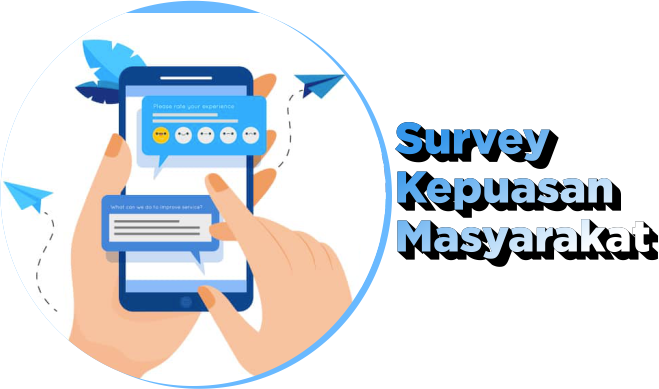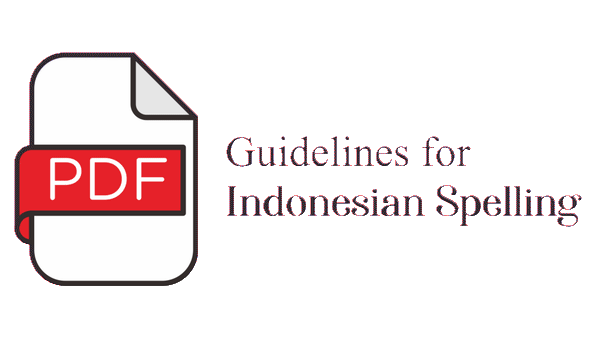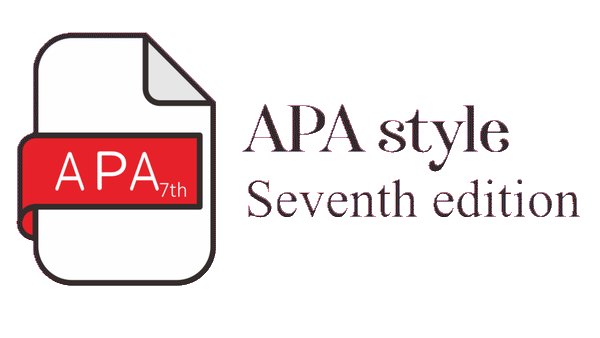ANALISIS POLA MIGRASI DAN KONSUMSI RUMAH TANGGA DI DESA PESISIR TERKAIT KEMISKINAN DAN KERENTANAN PANGAN
Abstract
Penelitian ini bertujuan untuk mempelajari pola migrasi masyarakat pesisir, mengidentifikasi determinan migrasi, mengkaji keterkaitan antara arus tenaga kerja, uang, barang dan jasa karena migrasi. Penelitian dilakukan pada bulan September-Oktober 2009 dengan menggunakan metode survey pada migran di daerah asal dan daerah tujuan migrasi. Responden yang dipilih adalah migran berdasarkan daerah asal dan daerah tujuan migrasi berjumlah 45 responden. Hasil penelitian ini menunjukkan bahwa migrasi dari daerah pesisir didorong oleh kelangkaan potensi ikan di perairan pesisir dan terbatasnya akses masyarakat terhadap perekonomian desa serta tersedianya pekerjaan di daerah tujuan migrasi. Keputusan bermigrasi karena jaminan pekerjaan. Pola migrasi umumnya adalah migrasi sirkulasi: mingguan dan bulanan. Migrasi itu mendorong terjadinya aliran tenaga kerja, uang dan barang antara daerah asal migrasi dan daerah tujuan migrasi. Secara ekonomi migrasi tersebut memberi dampak positif terhadap pertumbuhan perekonomian di desa asal migran dan daerah tujuan migran. Rata-rata jumlah yang bermigrasi per keluarga adalah sekitar 2 orang dan jumlah uang yang dikirim karena migrasi ke desa asal migran mencapai Rp. 500 juta per bulan. Migrasi cenderung mendorong terjadinya pengelompokan
masyarakat menurut pekerjaan dan tempat tinggal di daerah tujuan migrasi, karena adanya hubungan “patron client” antara pemilik modal (patron) dan migran (client). Migrasi merupakan salah satu alternatif masyarakat pesisir untuk keluar dari masalah kemiskinan dan memenuhi kebutuhan pangan rumah tangganya. Hasil penelitian ini merekomendasikan agar program-program bantuan termasuk corporate social responsibility (CSR) yang masuk ke desa pesisir harus dikonsolidasikan dengan modal/aset yang dihimpun oleh para migran untuk menjadi pengungkit perekonomian desa pesisir.
Tittle: Analysis of Migration and Household Consumption Pattern in the Coastal Villages Related to Poverty and Food Resiliency.
The purpose of this research was to study the migration pattern, to identify the determinant of migration, to investigate the dependency between labor movement, money, good and services. The data were collected in September 2009 and October 2009 by using survey method. Respondents were migrant based on migrant origin and migrant destination accounted for as 45 person. Results of the study showed as the following: migration from coastal villages where due to the depletion of fish in coastal water, limited access in local economic gain, and the availability of occupation in labor destination places. Weekly and monthly migration (periodic) pattern are common in both migrant destination and origin areas. Migration persuades the movement of labor, money, good and services between labor destination and origin places. From economic point of view, migration gives a positive impact to migrant destination and origin areas, respectively. In an average, 2 labors in each household in coastal villages were migrant, and Rp. 500 million were transfer to each respective village. Migration tends to push establishing society group according to type of recepation and residential place in the migration destination due to patron client relationship. Migration for the coastal community seems, to be one alternative to alleviate poverty and provide food for household. Results of the research recommend that aid’s programs including the corporate social responsibility (CSR) in coastal village should be consolidated with the accumulate asset of the migrant in stimulating economic development of their respective village.
Keywords
Full Text:
PDFDOI: http://dx.doi.org/10.15578/jsekp.v4i2.5829
Indexed by:
-------------------------------------------------------------------------------------
Published by
Research Center for Marine and Fisheries Socio-Economic
in collaboration with
Indonesian Marine and Fisheries Socio-Economics Research Network

This work is licensed under a Creative Commons Attribution-NonCommercial-ShareAlike 4.0 International License.



















